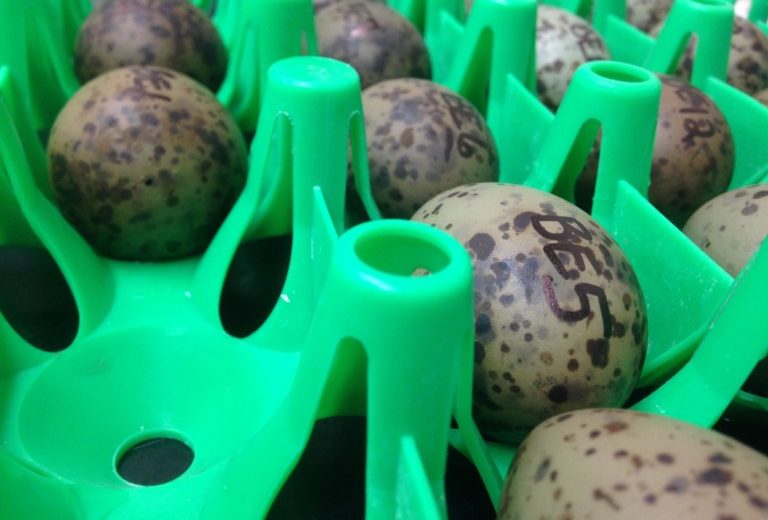Schoodic Institute is pleased to share a series of posts by Nicole Snyder, Zoology Masters Student at North Dakota State University.
Part 1.
Hello everyone!
My name is Nik Snyder and I am a graduate student from North Dakota State University. This field season I will be conducting research right here at Petit Manan National Wildlife Refuge while staying at Schoodic Institute. So, I thought I’d introduce myself and share my work with you this summer!
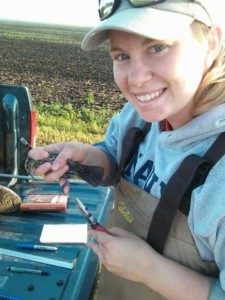
About Myself:
I love the outdoors and a good challenge! Exploring the beautiful outdoors of Maine has definitely been a bucket list item, so I’m very grateful to be spending my summer here. But back home, I enjoy fishing, biking, canoeing, traveling, gardening, building snow sculptures, and running. This May, I actually finished my first half-marathon…and realized how long a half-marathon actually is! I actively volunteer in my community, working with my campus Lions Club. My favorite project is our annual meat raffle/duffle bag project, where we raise funds to donate duffle bags and toiletries to children moved into foster care. I enjoy teaching and sharing my love of the outdoors, so I regularly host science workshops for budding middle school scientists. I also dabble in STEM (science, technology, engineering, math) Education research, in hopes that I can improve my own teaching technique and my students’ learning experiences in the classroom.
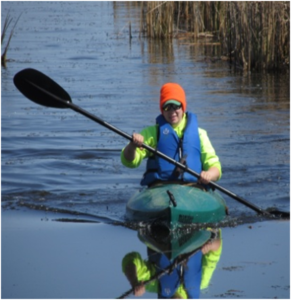
My Past Experience:
I have an degree in Biochemistry and Molecular Biology and currently am working on my PhD in Zoology at NDSU. I’m really interested in how developing embryos can collect information about the world they will be born into and what they do with that information during early development. I’m also want to know how global climate change impacts an embryo’s ability to interpret their birth environment and respond to change.
I conducted research in Dr. Reed and Dr. Clark’s Lab on different species of birds. I learned red-winged blackbirds can choose when to start nesting after migration, but their choice impacts the hormone levels in their egg yolk and hatching success. In Franklin’s gull and chicken embryos, I explored the roles of yolk melatonin and how melatonin regulates embryo size (… and yes, melatonin does more than just make you sleepy!). This summer, I will investigate how Maine’s Laughing gull embryos use light and egg yolk hormones to adjust their own growth during development in the egg.

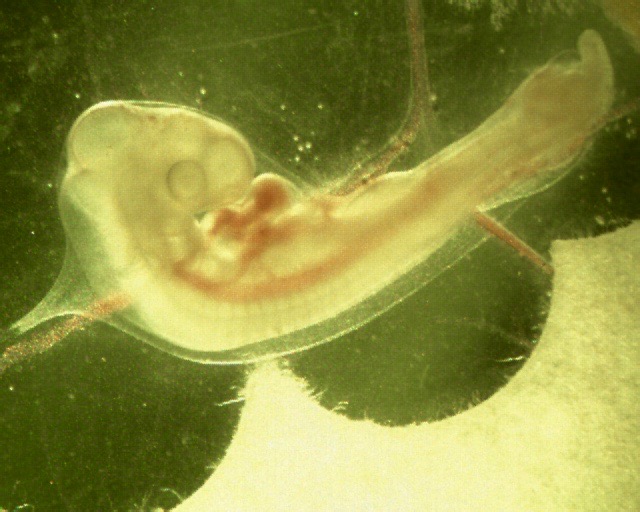
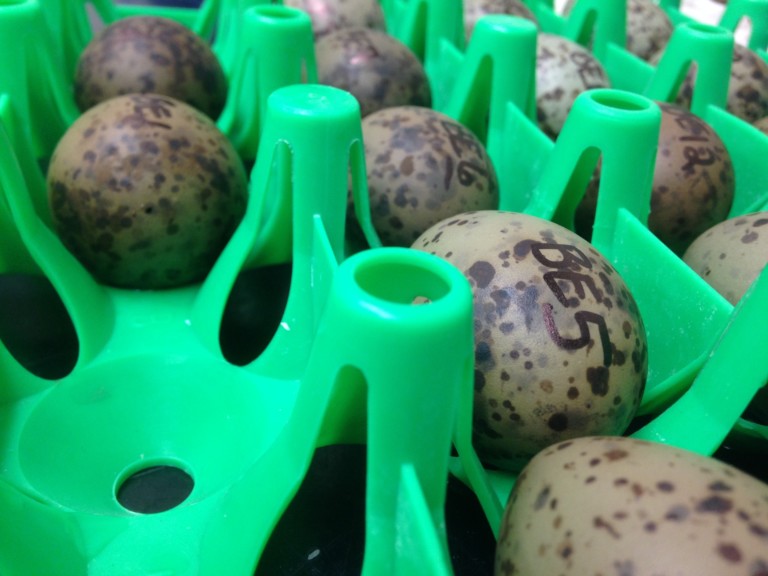
**Always remember though to leave wild bird eggs alone, unless you have the appropriate permits and permissions. Egg collecting is a highly regulated process by state and federal wildlife agencies to protect migratory species.**
My Project:
One of the greatest challenges facing biologists today is being able to reliably predict how organisms will integrate genetic and environmental cues to produce observable characteristics, or phenotypes. This knowledge is critical as environments undergo rapid changes and plants and animals must adjust or face extinction. As climate change shifts seasons earlier, migratory animals may be unable to adjust to altered reproductive windows and put themselves at risk of rearing offspring in suboptimal conditions. We ask ourselves: How will offspring respond to suboptimal conditions and how will those responses influence individual survival and population and evolutionary dynamics? We know an organism’s phenotype is flexible during early development. During this time, genes act as a starting blueprint and environmental cues refine and alter characteristics through to adulthood. However, we do not truly understand the extent to which environmental cues can modify a developing phenotype and we cannot predict how a suite of environmental cues will be integrated by offspring to produce the final adult phenotype. If we cannot predict which phenotypes are produced in stable ecosystems, then we cannot predict how organisms will respond in rapidly changing environments.
Our lack of knowledge in this area means that many organisms will be left vulnerable, especially those whose life history strategies evolved in response to consistent cues such as the timing of seasons. My project will improve understanding of how different environmental cues interact during early development to produce offspring phenotypes important for survival as juveniles. By understanding the rules governing how environment shapes resulting phenotype, we can begin to predict how selection will act on those phenotypes, predict which phenotypes will persist in rapidly changing environments, and mitigate threats to Earth’s lifeforms.
